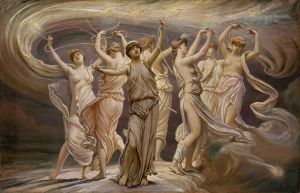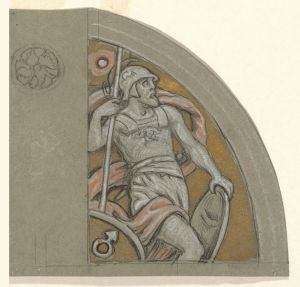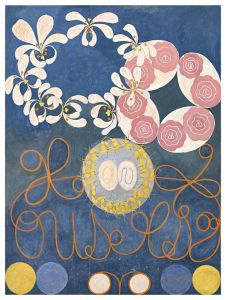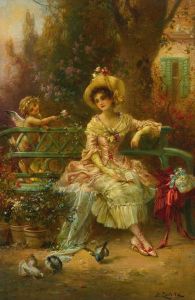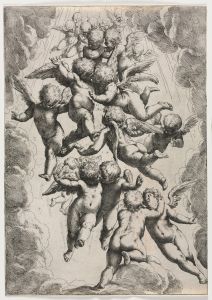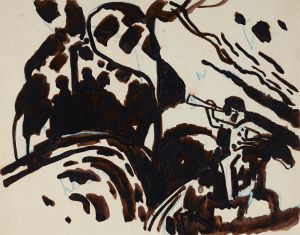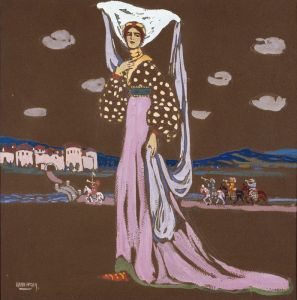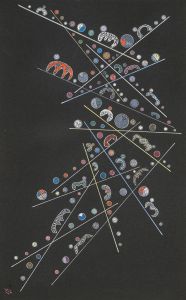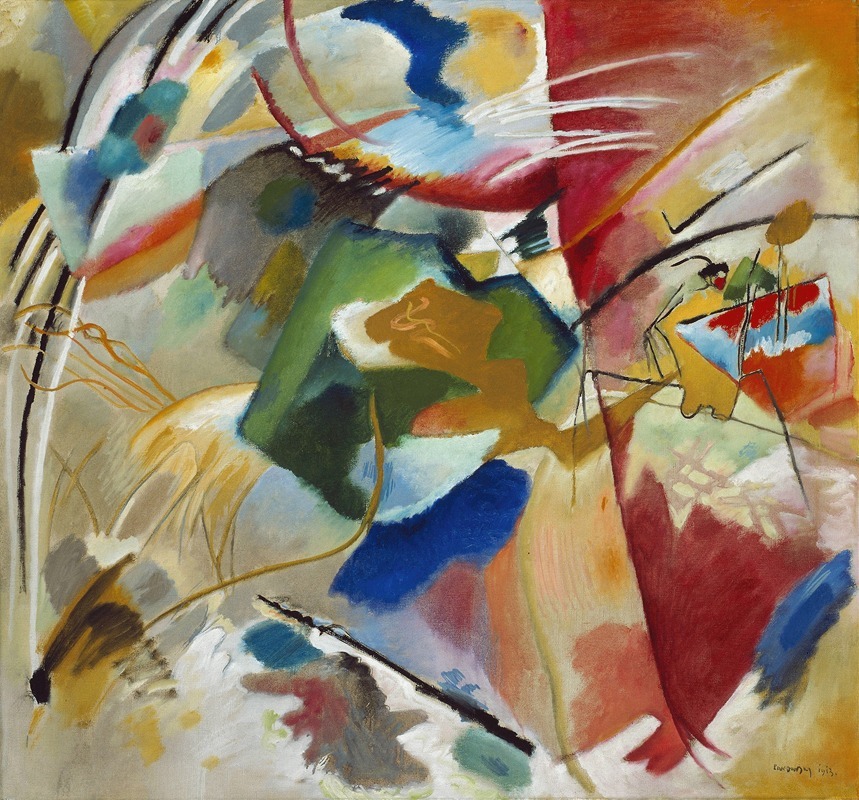
Painting with Green Center
A hand-painted replica of Wassily Kandinsky’s masterpiece Painting with Green Center, meticulously crafted by professional artists to capture the true essence of the original. Each piece is created with museum-quality canvas and rare mineral pigments, carefully painted by experienced artists with delicate brushstrokes and rich, layered colors to perfectly recreate the texture of the original artwork. Unlike machine-printed reproductions, this hand-painted version brings the painting to life, infused with the artist’s emotions and skill in every stroke. Whether for personal collection or home decoration, it instantly elevates the artistic atmosphere of any space.
"Painting with Green Center" is a work by the renowned Russian painter Wassily Kandinsky, a pivotal figure in the development of abstract art. Kandinsky, born in 1866 in Moscow, is often credited with painting one of the first purely abstract works. His exploration of color, form, and composition was deeply influenced by his synesthetic experiences, where he could perceive colors as sounds and vice versa.
Created in 1913, "Painting with Green Center" is a part of Kandinsky's series of improvisations and compositions, which he developed during his time in Munich, Germany. This period was marked by his involvement with the Blaue Reiter (Blue Rider) group, an association of artists that included Franz Marc and August Macke, who were united by their interest in expressing spiritual truths through art.
The painting exemplifies Kandinsky's mature style, characterized by a dynamic interplay of colors and forms. The central green area of the painting serves as a focal point, around which a vibrant array of colors and shapes are orchestrated. Kandinsky's use of green, a color he associated with calmness and balance, contrasts with the more chaotic and energetic elements surrounding it. This juxtaposition reflects his belief in the emotional and spiritual power of color.
Kandinsky's theoretical writings, particularly "Concerning the Spiritual in Art," published in 1911, provide insight into his artistic philosophy. He argued that art should transcend mere representation and evoke deeper emotional and spiritual responses. In "Painting with Green Center," Kandinsky's abstract forms and bold color choices aim to engage the viewer's senses and emotions directly, bypassing the need for recognizable subject matter.
The painting's composition is non-representational, meaning it does not depict objects from the physical world. Instead, it relies on the interplay of colors and shapes to convey meaning. This approach was revolutionary at the time and contributed to the broader movement towards abstraction in early 20th-century art.
Kandinsky's work, including "Painting with Green Center," had a significant impact on the development of modern art. His ideas influenced not only his contemporaries but also later generations of artists who sought to explore the possibilities of abstraction. His emphasis on the spiritual and emotional aspects of art resonated with many artists who followed, including those associated with movements such as Abstract Expressionism.
Today, Kandinsky's paintings are celebrated for their innovative approach to color and form. "Painting with Green Center" is housed in the Städtische Galerie im Lenbachhaus in Munich, which holds one of the most comprehensive collections of works by the Blaue Reiter artists. The painting remains a testament to Kandinsky's pioneering vision and his enduring influence on the trajectory of modern art.





